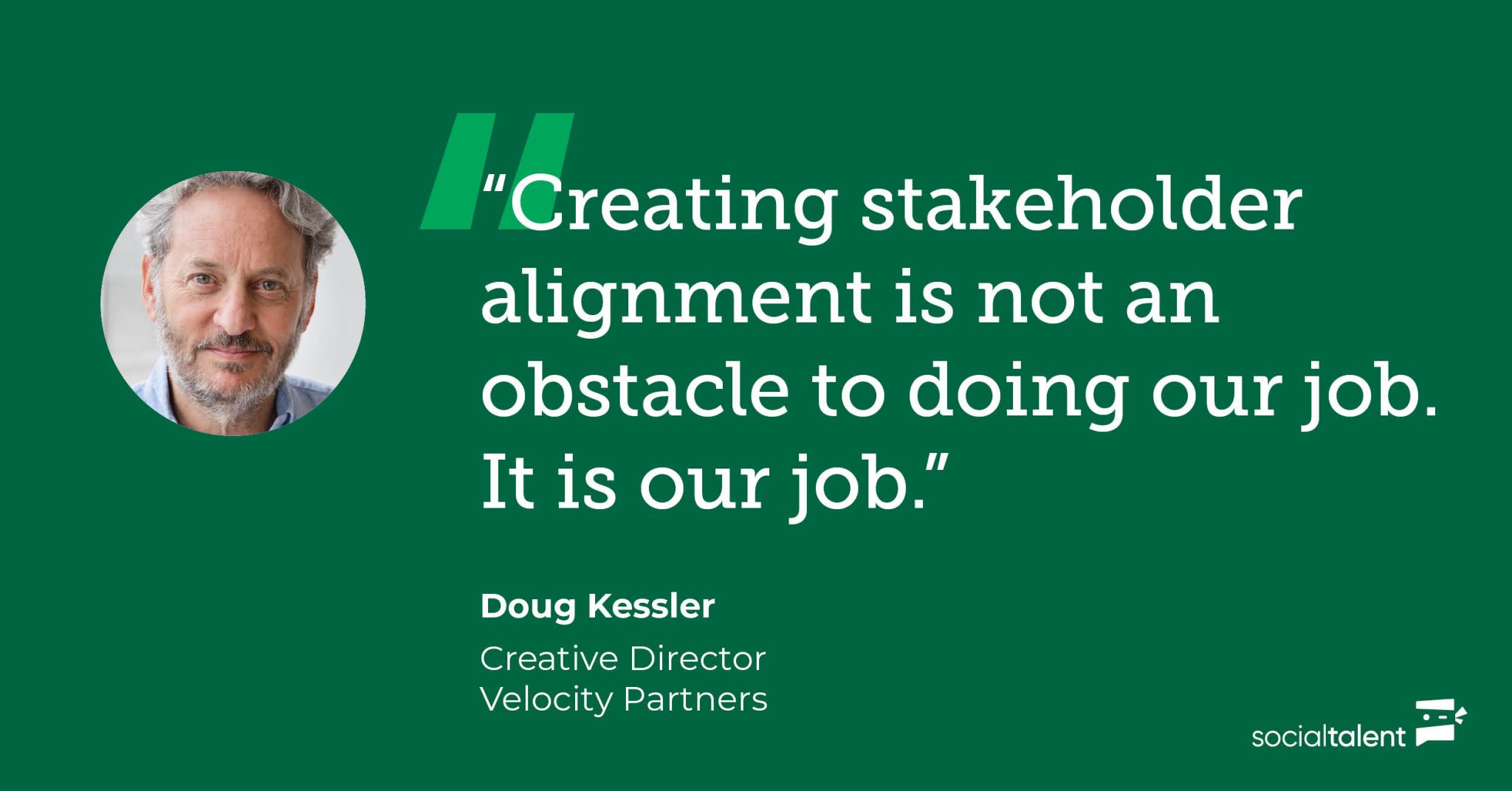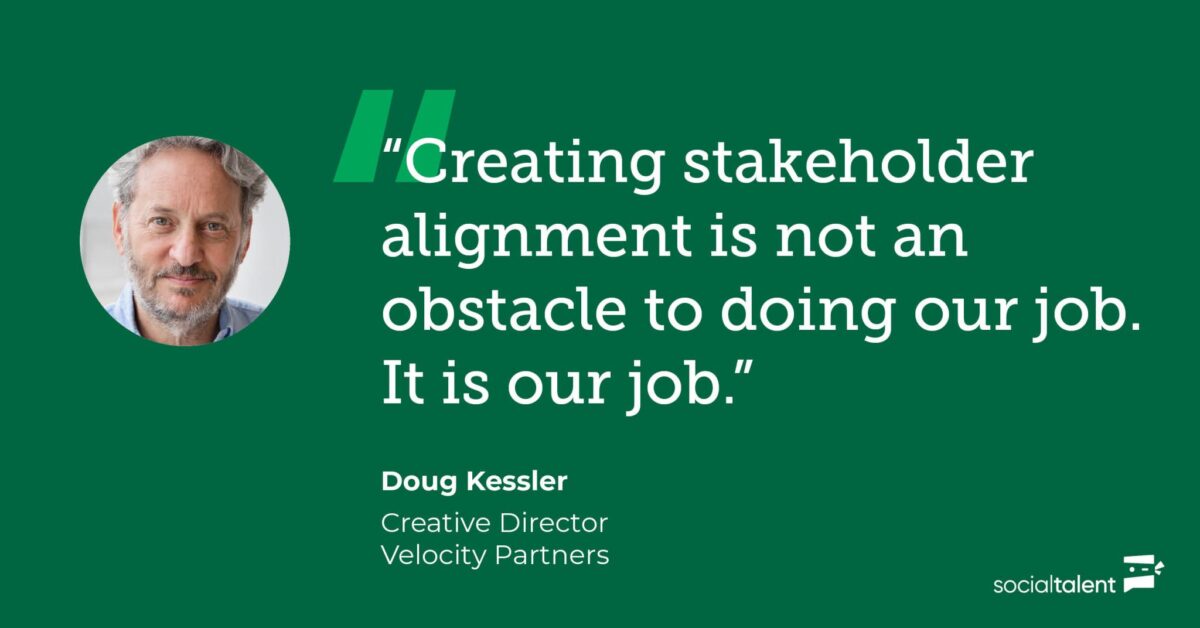If you’re reading this, you are probably about to roll out a learning program for your company. Or perhaps you are currently in the middle of a roll out that is not going very well? You announced the program but your execs are not doing much to promote it, employees are not engaging, and you are dreading your next update meeting with the sponsor.
What can you do to get your learning program back on track?
Your success in rolling out a learning program will largely depend on your ability to rally key stakeholders around it. You want to surround yourself with program champions, sponsors, and supporters who will talk about your program to their teams, reward good behaviours, and help troubleshoot when inevitable setbacks occur.
Why? Because learning involves change, and change doesn’t just happen as a result of a single announcement. It requires repetition, repetition, and more repetition. It requires keeping everyone focused when other priorities compete for their attention. Your stakeholders are key to making change happen.

Using SocialTalent’s training solutions as an example, let’s explore a few ways to help you get the support you need.
1. Show how your program supports company objectives
What is top of mind right now for your stakeholders? Can you explain how your learning program can aid them in solving their key challenges?
I once spent 2 months building a company-wide interview training program, only to have it torn apart by the VP of People who thought it didn’t quite align with what was needed at the time – they wanted a more directive approach (setting ground rules) while my program was educational. Ouch! I learned the hard way that I needed to take into account how other People Initiatives were run at the time.
Once you understand your company’s or team’s objectives, articulate the value of your program to support them.
Some examples:
Challenge: Talent Acquisition team career progression
How learning helps: SocialTalent’s Recruiting training provides a structured way for employees to gain skills and progress through their career, for example, completing the Master Sourcer learning path can be a step towards promotion into a senior role.
Challenge: Employee retention
How learning helps: SocialTalent’s Internal Mobility training helps companies retain high performers by teaching leaders how to find and mentor internal talent, as well as provide new career development opportunities. In addition, it includes practical lessons for employees on how to market themselves internally for new roles and promotions.
Bonus tip:
Find out if your program could slot into or benefit one of the other projects currently led by another team. Let’s say there is a group of employees working to improve Candidate Experience. Since they are focusing primarily on process and templates, you can complement this project with the addition of best practice perspective through learning. You will get more buy-in when you create efficiencies.
2. Show value through business impact metrics
Senior leaders care about the impact that learning programs have on the health of the business, their “so what?”.
The most commonly shared metrics are operational metrics – simple indicators of what’s been done, e.g. we trained X number of employees and they consumed X hours of content.
However, to be really persuasive, you should provide business impact metrics. They reflect what’s changed as a result of learning. For example, when measuring candidate satisfaction, a statement like ‘our score is 15% higher for interviewers who completed interview training compared to those who haven’t’ is really powerful.
We recently chatted with Sabrina Pittaluga, the TA Manager of Experienced Hire Recruiting at BCG, about L&D best practices. Take a listen!
3. Show that you can generate wins
Share a success story to persuade your executive stakeholders to fully commit to supporting your program. They want to know that your program will generate a win so they can confidently put their name behind it.
Small internal successes work wonders. Can you focus on getting results with a smaller group of learners in the short term to create a small win? For example: “We trained a group of 10 new recruiters in record time: 20 days to productivity versus the average 40 without the training”.
At SocialTalent, we also provide external proof in the form of our customer success stories to strengthen the argument and serve as a compass pointing our customers in the right direction.
By demonstrating small wins, you gain trust and gradually rally the troops around your big vision.

4. Show a solid implementation plan
Stakeholders want to know that you can operationally deliver on the promise. That you have thought through various scenarios, and have a solid plan of action of how you will implement your learning program.
When going into stakeholder meetings, you will need to confidently answer these questions:
- How many people will be trained? Which categories of employees?
- Will this be a phased roll out or will all employees be included immediately?
- What is the timeline (start/finish dates)? What time commitment is required?
- How will learners access the content? Will it work smoothly with your company’s tools?
- How will you ensure that business doesn’t slow down while the program is underway?
- How will the program be communicated to employees?
- What are the asks that you will be making of your stakeholders? Do you need them to communicate with their teams, run discussion groups or reward top learners? If so, in what cadence?
Preparing to address these questions will help you immensely in gaining buy-in and support. Your stakeholders will feel a lot more confident knowing that you have thoroughly considered how the program will impact their day-to-day work and their own objectives.
Conclusion
I used to think that the value of a learning or enablement program would be self-evident to execs – everyone values learning, right? I also thought that great work would speak for itself so there was no need to engage in persuasion, just deliver.
Having learned my lessons, I now understand that aligning with stakeholders is a key part of any program manager’s job. Nobody goes it alone! By articulating how your program supports company objectives and improves business metrics, you position yourself as a trustworthy partner. Add to that generating small wins along the way and establishing a solid implementation plan, and you are firmly setting yourself and your program up for success.
Looking to roll out a successful learning program that people will love? SocialTalent can guide you every step of the way. Contact our team today and find out more.
The post How to obtain exec support for learning programs appeared first on SocialTalent.
